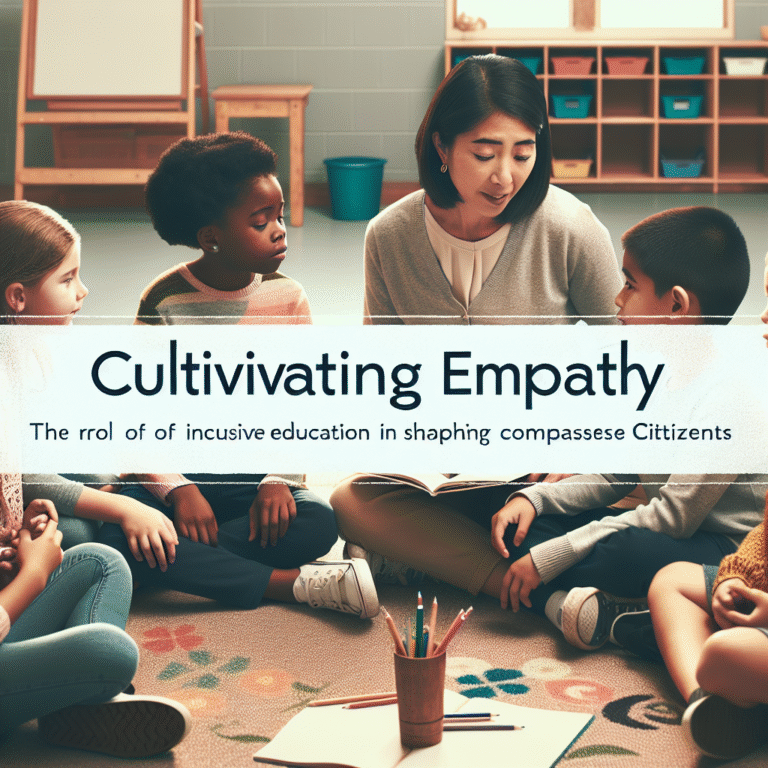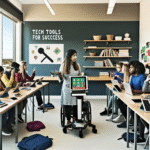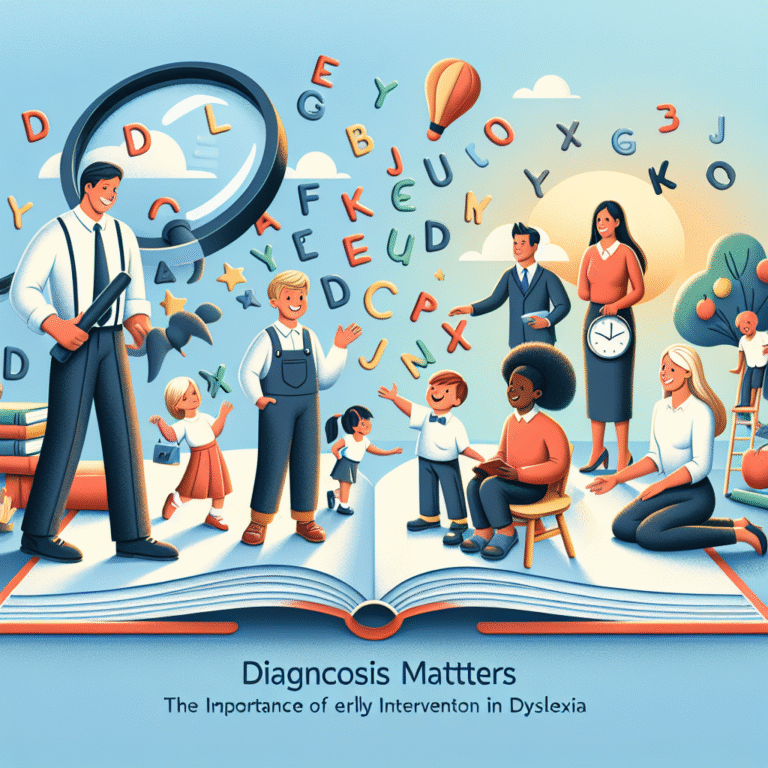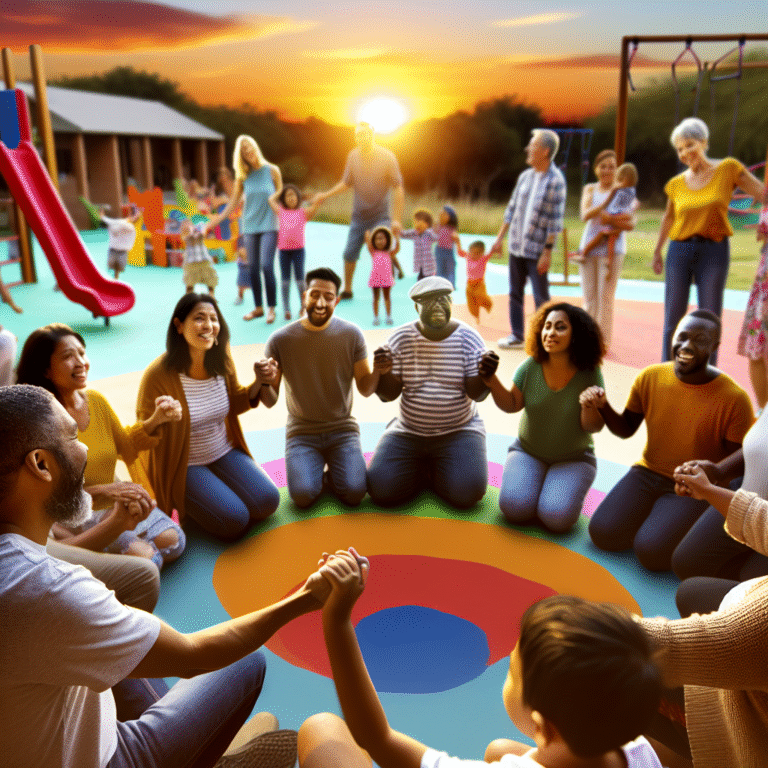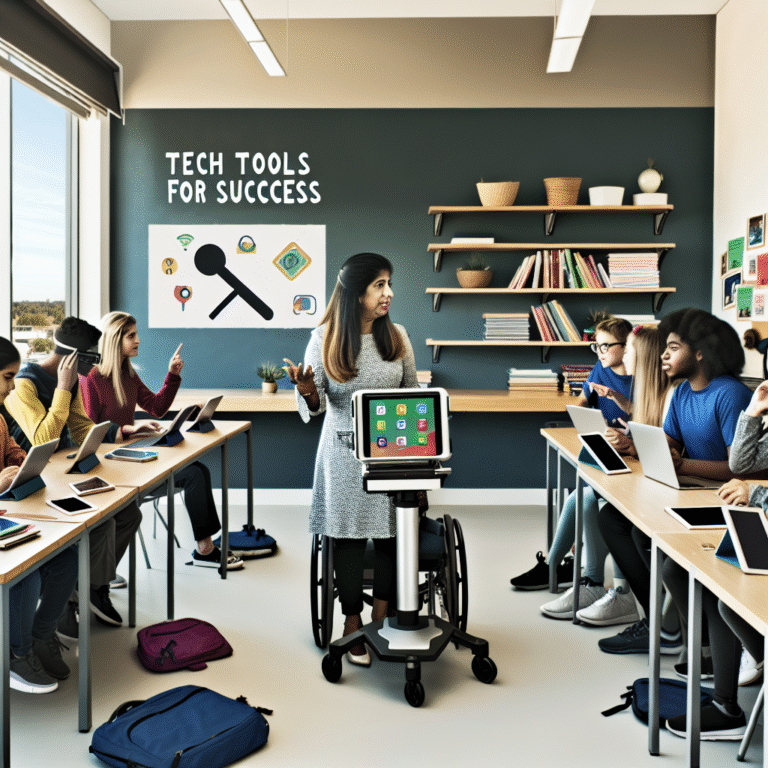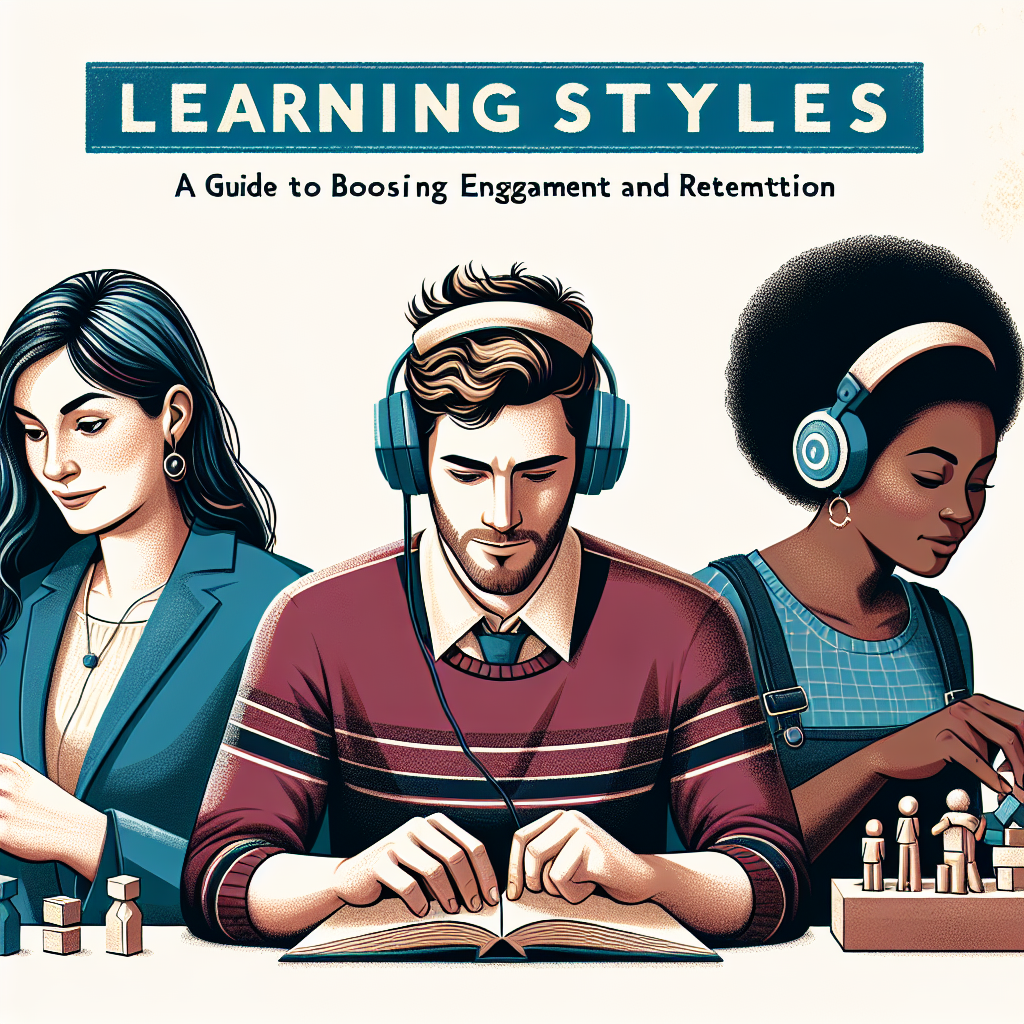
Introduction
Imagine walking into a classroom filled with diverse learners—some tapping their fingers along to music, others sketching on their notepads, and a few completely engrossed in the lecture. This vibrant scene highlights the importance of accommodating various learning styles: auditory, visual, and kinesthetic. Understanding these differences is not merely an academic exercise; it has real implications for engagement and retention. In this comprehensive guide, we will explore the intricacies of learning styles and provide practical insights on how to leverage this knowledge in educational settings, workplaces, and beyond.
Understanding Learning Styles
The Concept of Learning Styles
The term "learning styles" refers to the preferred ways individuals assimilate and process information. While many models exist, the most widely recognized are:
- Visual Learners: Prefer to see and visualize information. They benefit from graphs, charts, and diagrams.
- Auditory Learners: Excel through listening. They often prefer lectures, discussions, and audio resources.
- Kinesthetic Learners: Learn best through hands-on experiences and physical activities.
Recognizing these differences in learning preferences can significantly enhance engagement and retention levels.
The Psychology Behind Learning Styles
Research suggests that understanding how individuals learn influences their ability to retain information. According to Dr. Howard Gardner’s theory of Multiple Intelligences, intelligence isn’t a singular concept but a mixture of diverse capacities. For example, an auditory learner might struggle in a predominantly visual classroom.
Table 1: Overview of Learning Styles and Their Characteristics
| Learning Style | Characteristics | Preferred Teaching Methods |
|---|---|---|
| Visual | Thinks in pictures, enjoys charts | Diagrams, videos, visual aids |
| Auditory | Learns best by listening | Lectures, discussions, podcasts |
| Kinesthetic | Learns through tactile activities | Hands-on activities, simulations |
This framework can serve as a guiding tool for educators and trainers aiming to adapt their methods and materials to meet diverse learner needs.
Real-World Applications of Learning Styles
Case Study 1: Enhancing Classroom Engagement
Situation: A high school in an urban area struggled with student engagement, especially among auditory and kinesthetic learners.
Approach: The teaching team implemented a mixed approach, incorporating visual aids, hands-on projects, and group discussions. For instance, mathematics lessons included collaborative problem-solving sessions, whereas science classes often involved experiments.
Results: Within six months, the school saw a 40% increase in student participation and a 30% improvement in retention rates, as measured by test scores.
Analysis: This case illustrates how varying teaching methods aligned with learning styles can significantly boost engagement and retention. By catering to the preferences of both auditory and kinesthetic learners, the school created a more inclusive and effective learning environment.
Case Study 2: Corporate Training Programs
Situation: A tech company faced difficulties in retaining information during its onboarding process.
Approach: The training team designed a program featuring video tutorials for visual learners, collaborative tasks for kinesthetic learners, and regular check-in sessions for auditory learners.
Results: Post-training surveys indicated a 50% increase in employee confidence regarding their roles and a marked drop in onboarding time by 25%.
Analysis: By employing various learning styles during training, the organization enhanced new hires’ engagement and retention, leading to a more competent workforce.
Strategies for Implementing Learning Styles
Assessing Learning Preferences
The first step in tailoring your approach is to assess the learning preferences of your audience. This can be accomplished through quizzes, surveys, or informal discussions. Understanding your audience’s learning preferences is crucial for creating an engaging experience.
Personalized Learning Pathways
Once the learning styles have been assessed, the next step is to create personalized learning pathways. For instance, in an online course, offering options for visual presentations, podcasts, or interactive simulations can cater to different learners.
Example:
An online educational platform allows users to choose how they want to learn specific topics—whether through reading, watching videos, or engaging in interactive quizzes. This flexibility helps keep the content relatable and engaging.
Engaging All Learning Styles
1. Mixed-Method Materials: Combine various teaching methods. For instance, use visual slides complemented by discussions and hands-on activities to reach all learners effectively.
2. Iterative Feedback: Encourage learners to provide feedback on the materials and adapt them based on their preferences continually.
3. Active Learning Environments: Create environments where students engage actively with the content. This can include group projects, discussions, and hands-on demonstrations.
Conclusion
Understanding learning styles is an essential part of boosting engagement and retention among diverse learners. By leveraging the insights provided in this guide, educators, trainers, and leaders can create inclusive environments that cater to various learning preferences. Embrace the power of learning styles to enhance your methods and watch as engagement and retention flourishes in your educational or corporate settings.
Actionable Insights
- Assess your learners’ preferences: Use surveys or casual conversations.
- Mix your teaching methods: Combine visuals, discussions, and hands-on activities.
- Encourage feedback: Continuously adapt your approach based on learner input.
The path to effective teaching and training is paved with the understanding that every learner is unique. By recognizing and appreciating these differences through learning styles, you can drive engagement and retention to new heights.
FAQs
1. What are the main learning styles I should be aware of?
The three main learning styles are visual, auditory, and kinesthetic. Understanding these can help tailor your teaching methods to reach a broader audience.
2. Can a person have more than one learning style?
Yes, many people exhibit a combination of learning styles. It’s essential to recognize these blends when designing learning experiences.
3. How do I assess learning styles in my classroom or organization?
You can use quizzes, surveys, or informal discussions to assess the learning preferences of your audience.
4. Are learning styles scientifically proven?
While the concept of learning styles is widely accepted, the scientific community has debated its validity. Nonetheless, recognizing diverse learning preferences is valuable.
5. How can I apply these techniques in a remote learning environment?
In remote settings, provide a mix of video content, interactive activities, and discussion forums to engage different learning styles effectively.
In conclusion, "Learning Styles: A Guide to Boosting Engagement and Retention" can drastically alter how we approach education and training. By understanding and applying these principles, we can create more effective and engaging learning experiences that resonate with every individual. Embrace the diversity of learning and watch the impact unfold!






